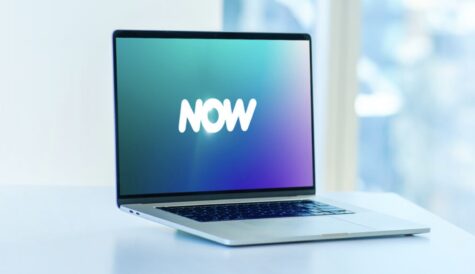AVOD: opening up the vault
 Streaming, which dominates so much of conversation around content distribution currently, is set for a massive step change in scale and scope with the launch of multiple new subscription and free services from media and tech giants over the next few months.
Streaming, which dominates so much of conversation around content distribution currently, is set for a massive step change in scale and scope with the launch of multiple new subscription and free services from media and tech giants over the next few months.
While industry attention is currently focused on the launch of subscription offerings Disney+, HBO Max and Apple TV+, the other big story within streaming this year is the rise of advertising-supported video-on-demand.
This week’s MIPCOM in Cannes saw two fairly substantial AVOD announcements.
First, Lionsgate-backed advertising-supported video-on-demand service Tubi unveiled plans to launch its service in the UK in early 2020, with additional territories to follow as part of Tubi’s rapid international expansion.
Tubi will also launch Tubi Kids on October 21, a new area of the service that will feature a library of children’s content comprising over 1,200 movies and TV shows or over 5,000 hours of content at launch.
Also at MIPCOM, existing TVOD-focused service Rakuten TV unveiled its plan to launch the first AVOD channels within its platform.
The free section of Rakuten TV will launch with an initial offer including Hollywood and local content to be expanded to additionally include exclusive Rakuten content, TV series, documentary series, news and sport channels in the coming months – with a combined linear and on-demand offer.Rakuten claims that it will be “the first to combine TVOD and AVOD products across Europe”.
Speaking on stage in Cannes, Farhad Massoudi, founder and CEO, Tubi, advised content creators to “seriously think about AVOD” to distribute content globally. “We think there is a huge business opportunity that didn’t exist before.”
Also at MIPCOM, Max Conze, CEO of German broadcaster ProSiebenSat.1, outlining plans for Joyn, the group’s streaming JV with Discovery, said he was agnostic about the relative merits of advertising versus pay as a business model for on-demand services but added that he thought the advertising model was more powerful.
Joyn launched with a primarily free offering, with plans to add a premium tier later this year.
Media companies’ efforts in this area have given rise to a growing consensus that AVOD is an idea whose time has come. Viacom has already bet big on its Pluto TV acquisition, while NBCUniversal’s forthcoming streamer Peacock will primarily be ad-supported. Analyst Simon Murray of Digital TV Research has predicted that global AVOD revenues will double over the next five years to reach US$56 billion.
Why AVOD? Offering something for free enables media companies to ‘get into streaming’ without fighting for subscribers in an increasingly crowded field. But more substantially, it also provides a way to make money from underused or dormant assets.
To some extent, AVOD is a digital version of the old straight-to-video market for movies that were never going to succeed theatrically. That concept is now being extended to encompass series and other content. But it also provides an additional outlet for older higher value content and – crucially – a way to expand the geographic reach of that content in a way that has not been possible up to now.
The big step change with AVOD is that it facilitates global releasing of assets that previously it was not worth the trouble to sell to any but the top handful of territories. While sales agents will typically focus on a handful of key markets to distribute movies and series, streaming unlocks the possibility of releasing content to the rest of the world at a relatively low outlay.
The idea is that content rights holders can now make small amounts of money from the vast number of assets that previously sat gathering dust in a vault that add up to bigger amounts of money because AVOD platforms will be happy to use them to bulk up their libraries. The growing number of outlets for mid-catalogue content provides an opportunity to earn more signifiant sums for this type of content than could be gained from simply putting it on YouTube.
One of the other big trends associated with the growth of streaming – the creeping substitution of revenue-share models in place of licensing – is likely to play in AVOD’s favour. While adopting a revenue share model for high-value content clearly pushes risk back onto the rightsholder, in the case of library content that wouldn’t be going anywhere anyway it simply makes sense for all.
Global releasing to AVOD could be further enabled by technology, in particular with machine-learning enabled localisation reducing the cost of making international content more relevant to local audiences.
The AVOD platforms that distribute the underused content may be studios’ own in the case of a Viacom or NBCUniversal, they may be owned by a global tech giant. Amazon, owner of IMDb.tv, is planning to expand the latter to Europe as well as to grow its video advertising business more generally, while Google’s YouTube gave up on an original content-focused premium offering in favour of growing AVOD.
The entire spectrum of AVOD players is betting on a growing audience for such services, particularly among younger age groups that combine a taste for viewing content on mobile platforms with an aversion to paying for it. But the opportunity for those holding the rights is to tap the potential of global online distribution to make resting content earn its keep.



